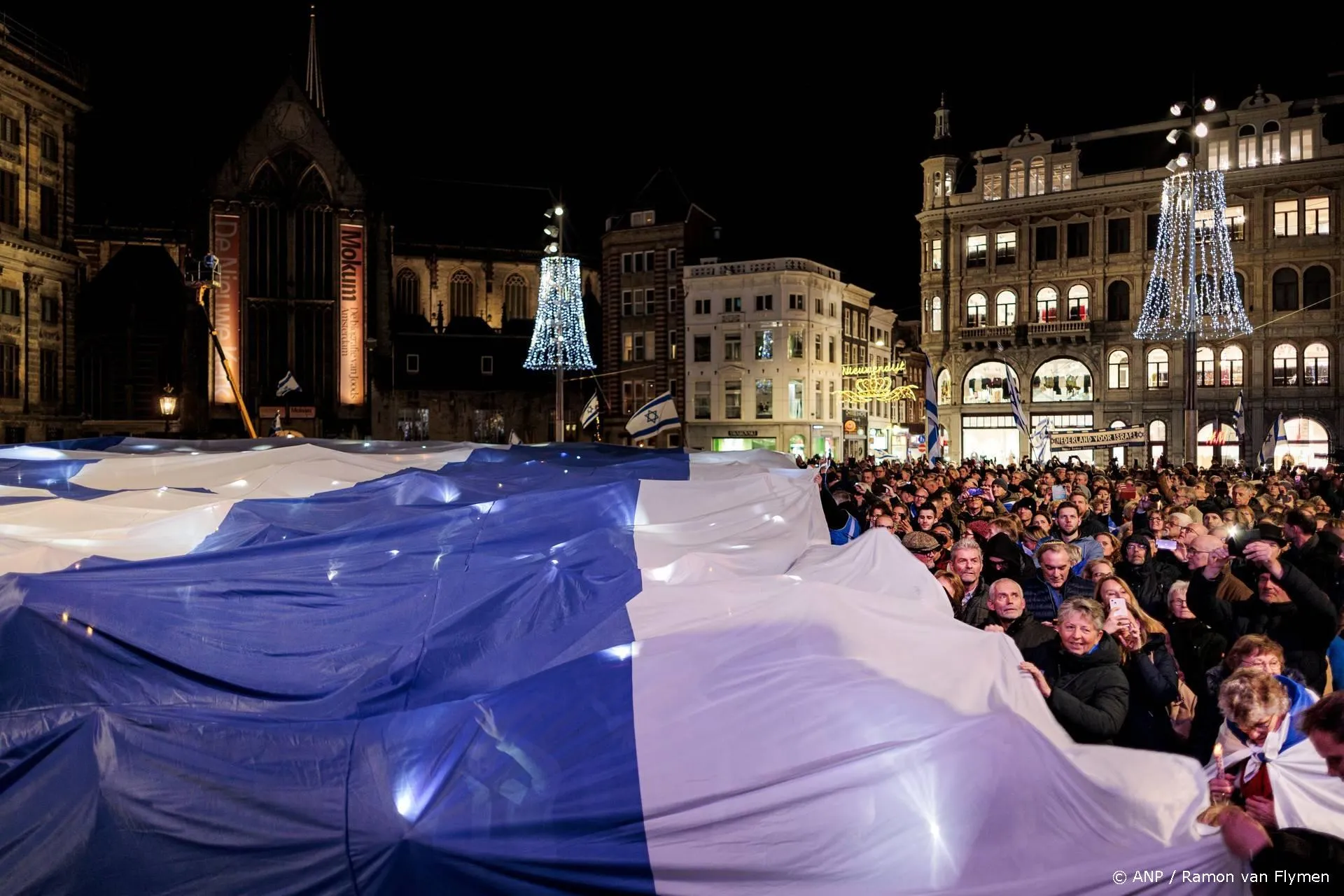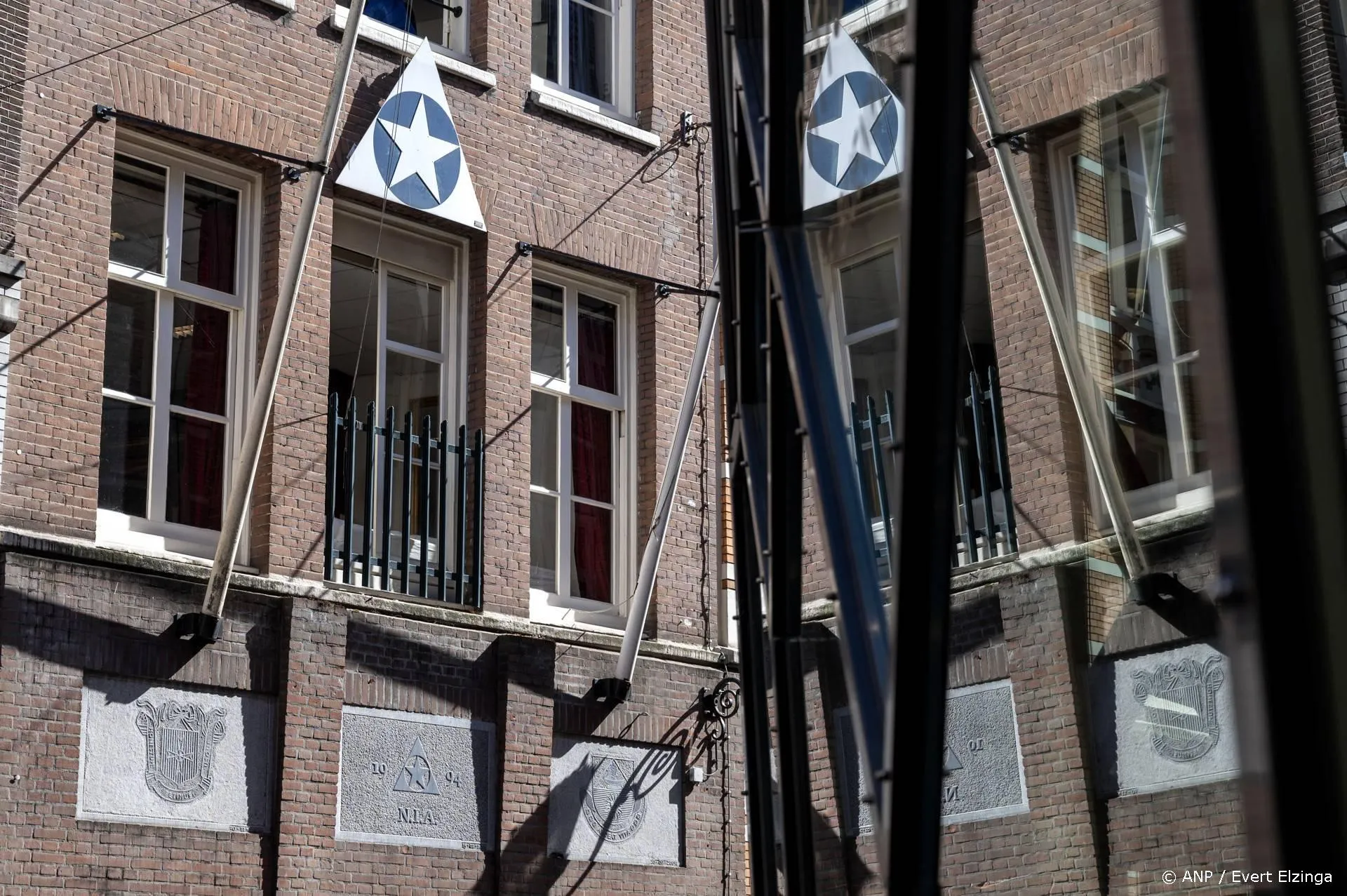Zal drijfijs Noordpool weer gaan aangroeien?
Kort geleden schonk ik aandacht aan de Noordpool, naar aanleiding van een artikel van de BBC-wetenschapsjournalist, Matt McGrath, onder de titel, 'Arctic 'tipping point' may not be reached'. Daarin beschreef McGrath Deens wetenschappelijk onderzoek, waaruit bleek dat het ijsoppervlak van de Noordpool zo'n 5000 jaar geleden de helft was van het huidige oppervlak.
De 'posting' gaf aanleiding tot een levendige discussie. Een van mijn kritische respondenten, janos 73, stelde toch te vrezen dat er na het diepterecord van 2007 weer nieuwe diepterecords zouden volgen, die volgens hem verband hielden met de opwarming van de aarde. Hij zag daarin een bevestiging van AGW (Anthropogenic Global Warming).
Hierin volgt hij de opvattingen van de Amerikaanse klimatoloog Mark Serreze, directeur van het 'National Snow and Ice Data Center', die al tijden met gevoel voor drama zoals een gelovig klimaatalarmist betaamt - een ijsvrije Noordpool aankondigt. Hij vergeleek de ontwikkeling met een 'death spiral'.
Toevallig is onlangs een nieuw artikel daarover aangeboden aan, en geaccepteerd voor publicatie in 'Geophysical Research Letters'. Op zijn blog schreef Anthony Watts daarover:
It seems that the Serreze death spiral might be on hold.
From UCAR/NCAR: Arctic ice melt could pause in near future, then resume again.
BOULDERAlthough Arctic sea ice appears fated to melt away as the climate continues to warm, the ice may temporarily stabilize or somewhat expand at times over the next few decades, new research indicates. The computer modeling study, by scientists at the National Center for Atmospheric Research, reinforces previous findings by other research teams that the level of Arctic sea ice loss observed in recent decades cannot be explained by natural causes alone, and that the ice will eventually disappear during summer if climate change continues.
But in an unexpected new result, the NCAR research team found that Arctic ice under current climate conditions is as likely to expand as it is to contract for periods of up to about a decade.
One of the results that surprised us all was the number of computer simulations that indicated a temporary halt to the loss of the ice, says NCAR scientist Jennifer Kay, the lead author. The computer simulations suggest that we could see a 10-year period of stable ice or even a slight increase in the extent of the ice. Even though the observed ice loss has accelerated over the last decade, the fate of sea ice over the next decade depends not only on human activity but also on climate variability that cannot be predicted.
Kay explains that variations in atmospheric conditions such as wind patterns could, for example, temporarily halt the sea ice loss. Still, the ultimate fate of the ice in a warming world is clear. When you start looking at longer-term trends, 50 or 60 years, theres no escaping the loss of ice in the summer, Kay says.
Kay and her colleagues also ran computer simulations to answer a fundamental question: why did Arctic sea ice melt far more rapidly in the late 20th century than projected by computer models? By analyzing multiple realizations of the 20th century from a single climate model, they attribute approximately half the observed decline to human emissions of greenhouse gases, and the other half to climate variability. These findings point to climate change and variability working together equally to accelerate the observed sea ice loss during the late 20th century.
The study appears this week in Geophysical Research Letters. It was funded by the National Science Foundation, NCARs sponsor.
Op deze 'posting' kwamen vele reacties. Ik pik er eentje uit:
Ack. Models again. They look at the model output and imagine it reflects reality, when its really still just a guess, based on incomplete knowledge and semi-arbitrary assumptions. As Nils Bohr said: Prediction is very difficult, especially about the future. That these people believe their models can make these kind of predictions with anything approaching accuracy says a lot more about their lack of humility than it does about the climate. And yes, I know they call the model output projections rather than predictions but thats just weasel words. This is just a setup for when the arctic starts its recovery over the next couple of decades, they can say that it is all just a brief respite, and its still much worse than we thought.
Lees verder hier.
In dit verband is het ook goed om een oud webartikel van wijlen John Daly weer eens in herinnering te roepen. Hierin schrijft hij de toestand van het Noordpooldrijfijs vooral toe aan de AMO (Atlantic Multidecadal Oscillation). Zie hier.
Deze nieuwe projecties, waarmee men alle kanten op kan, deden mij denken aan die van een groep coryfeeën van het VN-klimaatpanel (IPCC), zoals Keenlyside en Latif (allen AGWers), die een model hadden ontwikkeld dat afkoeling projecteert voor de komende tien jaar of zo. (Zie hier.) Maar daarna zou AGW weer met extra kracht toeslaan. Ondanks deze toevoeging was dat natuurlijk vloeken in de IPCC-kerk.
Een van de auteurs, Mojib Latif , verdedigde zijn wetenschappelijke arbeid op opmerkelijke wijze. In een vraaggesprek, waarin hij werd geconfronteerd met deze draai van 180 graden, verklaarde hij:
'If my name was not Mojib Latif, my name would be global warming. So I really believe in Global Warming. Okay. However, you know, we have to accept that there are these natural fluctuations, and therefore, the temperature may not show additional warming temporarily.'
Klimatologie is een merkwaardige wetenschappelijke discipline waarin men grossiert in niet-falisfieerbare stellingen, zonder dat men zich daaraan lijkt te storen. Popper zou zich in zijn graf omdraaien.
Hoe het ook zij, de cirkel is rond. De klimatologie is weer teruggekeerd naar de pre-wetenschappelijke fase van de discipline: 'Het kan vriezen en het kan dooien.'
Zoals de Angelsaksen het plegen te zeggen: 'I am still confused, but at a much higher level of sophistication.'
Ga verder met lezen
Dit vind je misschien ook leuk
Laat mensen jouw mening weten
Lees ook
Loading


